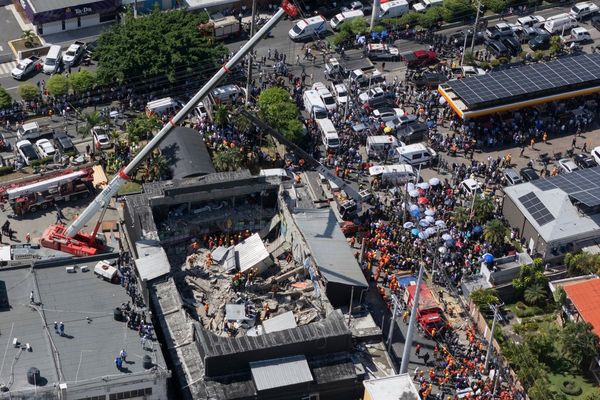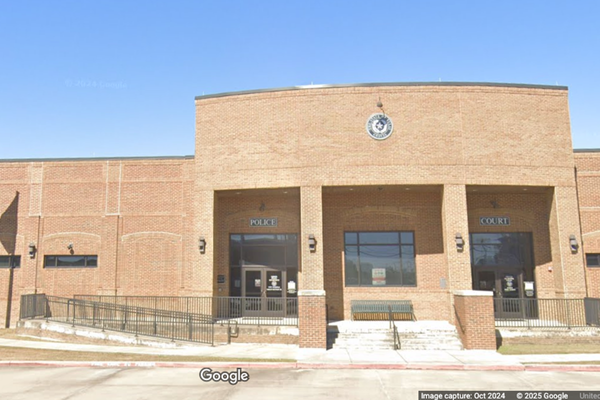
Tesla has recently made an announcement regarding the use of its Supercharger network by drivers of Ford and other electric vehicles. Ford electric car owners can now access Tesla's supercharger network by using a free adapter provided by Ford. This move is expected to be followed by Rivian and other EV manufacturers in the near future.
However, a potential issue arises due to the design of most superchargers, which have short charging cords that may not reach non-Tesla vehicles parked in the standard manner. As a result, some cars may need to occupy multiple charging stalls to connect to the charger effectively.
Tesla has addressed this concern in a new FAQ, stating that parking across multiple stalls is acceptable but discouraging diagonal parking. This approach has raised concerns among Tesla drivers, especially in situations where stations are full or have a waiting queue.
To mitigate this issue, Tesla plans to introduce version 4 supercharger stations with longer cords to accommodate non-Tesla vehicles more effectively. Ford drivers, in particular, have eagerly awaited this change, as Tesla's network offers a superior charging experience compared to other charging networks.
One of the key challenges faced by non-Tesla vehicles is the location of their charging ports, which may differ from Tesla's rear driver's side placement. This variance in port location can lead to parking difficulties and the need to occupy multiple stalls for charging.
To optimize the usage of supercharger stations, Tesla could implement a system where arriving drivers are assigned specific stalls based on their vehicle type and charging needs. This approach would help prevent unnecessary wait times and ensure efficient utilization of charging infrastructure.
Furthermore, Tesla could enforce guidelines for drivers who need to occupy multiple stalls, such as limiting charging to the required level or relocating their vehicle to free up space for other users. Implementing idle fees for drivers occupying multiple spots could also incentivize adherence to parking regulations.
In conclusion, the integration of non-Tesla vehicles into Tesla's supercharger network presents both opportunities and challenges. By implementing strategic solutions and optimizing station usage, Tesla aims to provide a seamless charging experience for all drivers accessing its network.







